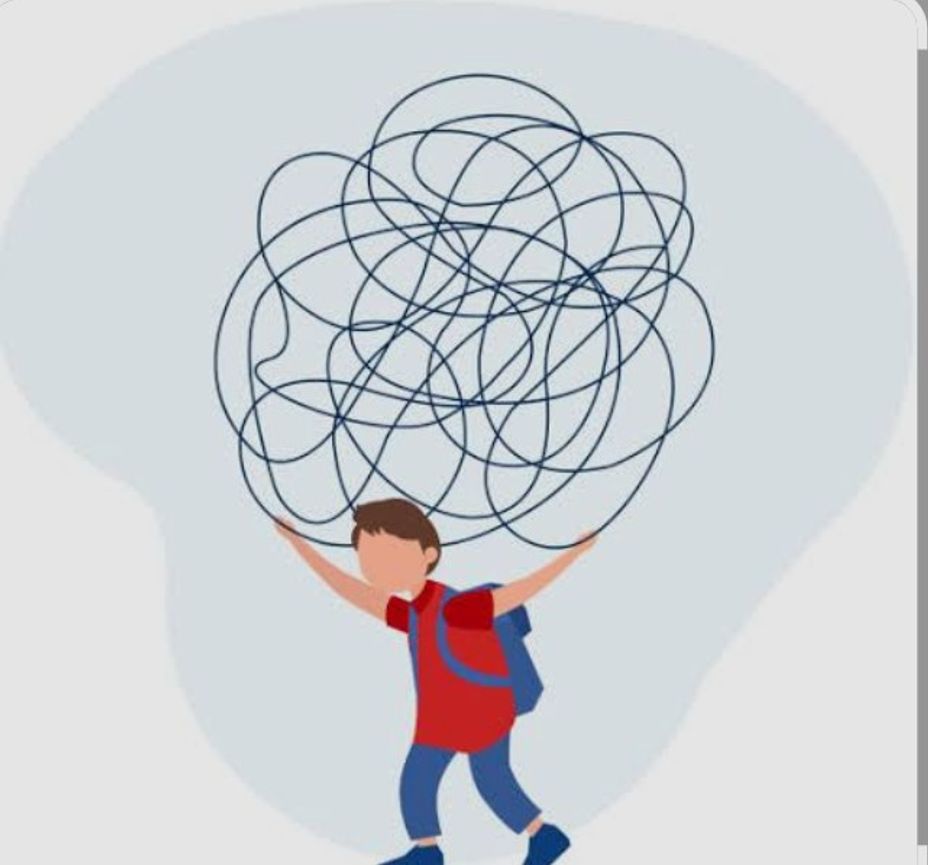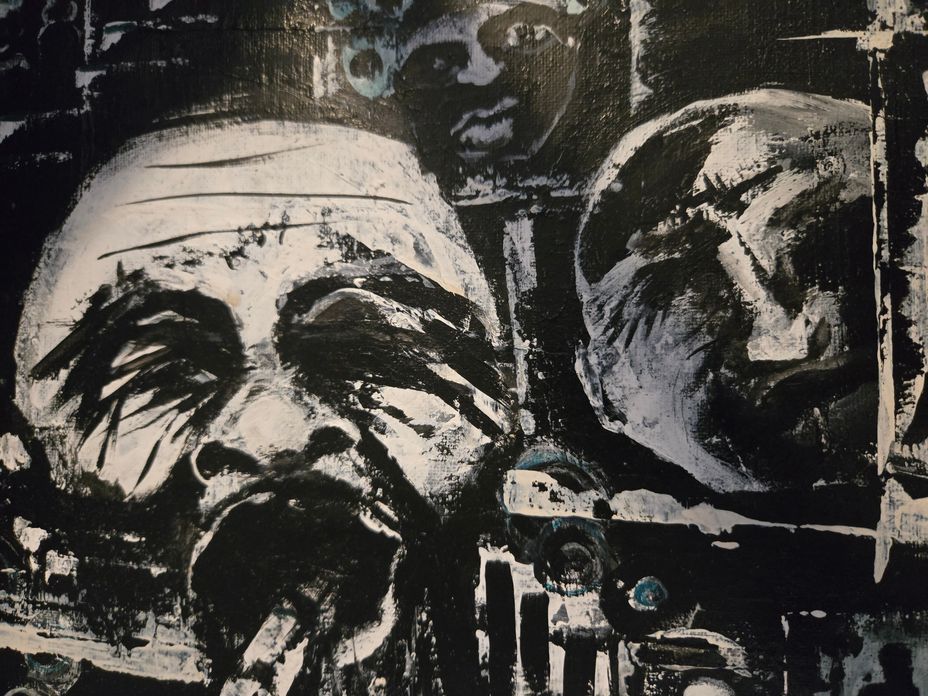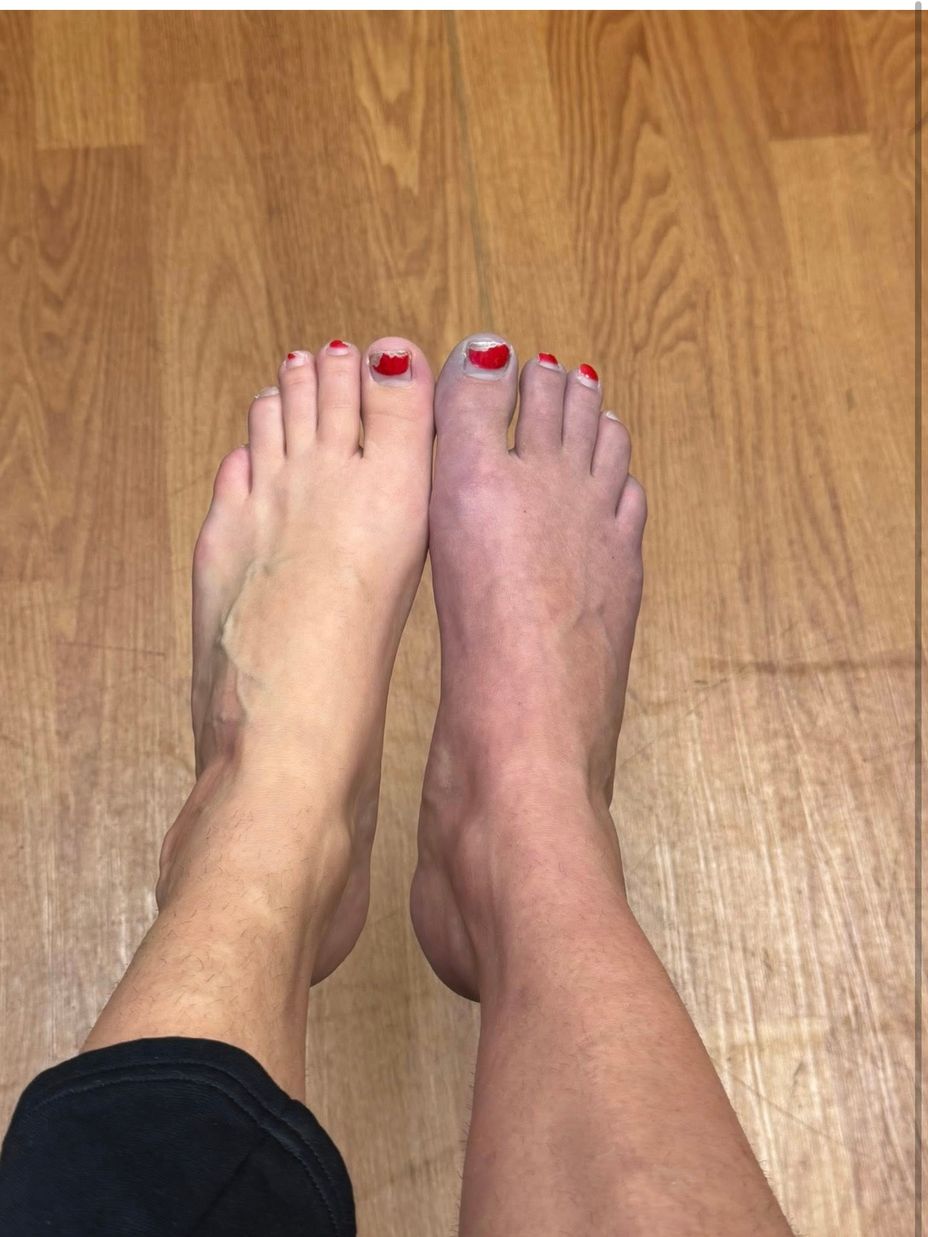Mental health struggles among young people are no longer subtle or hidden—they’re loud, present, and painfully urgent. The kids growing up today are navigating a world that feels heavier, faster, and more demanding than any generation before them. And as someone who has spent over a decade in child welfare, I’ve seen firsthand how deeply these pressures carve into their sense of worth, safety, and identity.
This isn’t just a crisis.
It’s a call to action.
The Alarming State of Youth Mental Health—What the Numbers Say
1 in 5 youth worldwide experience a mental health disorder every year (WHO, 2023).
In North America, suicide is now the second leading cause of death among youth ages 10–24 (CDC, 2024; Statistics Canada, 2023).
57% of teen girls in the U.S. report feeling “persistently sad or hopeless,” the highest level ever recorded (CDC Youth Risk Behavior Survey, 2023).
1 in 3 adolescents report high levels of anxiety daily (Mental Health Commission of Canada, 2024).
Cyberbullying affects 36% of teens, reducing self-esteem and increasing risk of depression and suicidal thoughts (UNICEF, 2023).
Youth ER visits for self-harm have risen 44% in the last decade (Canadian Institute for Health Information, 2024).
Numbers don’t lie.
But they don’t tell the whole story either.
Behind every statistic is a young soul quietly fighting to stay afloat.
Why Youth Are Struggling More Than Ever
1. The Emotional Weight of Social Media
Social media doesn’t just connect kids—it evaluates them, compares them, and follows them into their bedrooms at night. They’re exposed to:
Highlight reels disguised as real life
Cyberbullying that never ends
Beauty and success standards no human can maintain
Research shows social media use is linked to higher rates of anxiety, depression, and body image issues (American Psychological Association, 2023).
2. Academic Pressure That Feels Like Survival
Young people today are expected to have their futures figured out before they even understand who they are. Many of the youth I’ve worked with whispered the same fear:
“If I fail now, I’ll fail forever.”
This belief isn’t just unhealthy—it’s dangerous.
3. Family Stress, Trauma, and Instability
Homes are supposed to be safe. But too many youth live in environments filled with:
Financial stress
Parental mental illness
Domestic conflict
Abuse or neglect
Childhood trauma increases the risk of long-term mental health struggles two to five times (CDC ACE Study, 2023).
4. Struggling With Identity and Belonging
Youth aren’t just trying to survive—they’re trying to understand themselves. But in a world where everyone has an opinion about who they “should” be, identity exploration becomes exhausting.
5. Trauma That Has Never Been Spoken Out Loud
In child welfare, I learned that trauma rarely looks like tears. More often, it looks like:
Anger
Silence
Withdrawal
Numbness
I met too many children carrying emotional weight that would break most adults.
A Personal Story From My Child Welfare Years
There is one young girl I can still see every time I close my eyes.
She was 13. Small for her age. Brilliant but broken in ways she couldn’t articulate.
She would sit in our sessions and stare at the floor, arms wrapped tightly around her body as if holding herself together was the only thing keeping her from shattering.
After weeks of silence, she finally whispered:
“Nobody ever asks why I’m angry. They just tell me to stop.”
That moment changed me.
Because she wasn’t angry—she was hurting.
And like so many youth today, she didn’t need someone to fix her.
She needed someone to see her.
That is the heart of this crisis:
Thousands of youth who feel unseen, unheard, and overwhelmed by pain they never caused.
How Mental Health Struggles Show Up in Youth
Not every young person will say “I’m depressed.” Instead, they show it through:
Sudden irritability
Changes in appetite or sleep
Falling grades
Risky behavior
Isolation
Substance use
Self-harm
These are not “phases.”
They are signs of emotional overload.
Why Early Support Saves Lives
The adolescent brain is still developing, especially areas responsible for emotional regulation and coping. Getting support early:
Builds resilience
Prevents escalation into adult mental illness
Improves academic and social outcomes
Strengthens emotional intelligence
Intervention isn’t about crisis response—it’s about rewriting their future.
How We Can Support Youth Today
1. Create Safe Emotional Spaces
Kids talk when they feel safe.
Not judged.
Not dismissed.
Ask:
“How is your heart today?”
“What’s been feeling heavy?”
“What would help you feel supported?”
And then… just listen.
2. Normalize Therapy and Mental Health Care
Therapy shouldn’t be a last resort.
It should be a tool—just like a tutor or a coach.
3. Model Healthy Emotional Expression
You can’t teach what you don’t practice.
When youth see adults handling emotions with honesty and compassion, they learn to do the same.
4. Teach Digital Boundaries
Help them understand that social media is a filtered world—not a measure of worth.
5. Advocate for Accessible Community and School Resources
Every school should have trained mental health professionals.
Every community should have youth-friendly services.
Every child should have a safe place to land.
Closing Thoughts
As adults, we have an obligation to show up for the next generation.
Because behind every “troubled” child is a story.
Behind every outburst is a wound.
Behind every silent teenager is a heart begging for someone to notice.
Youth don’t need perfection from us—they need presence.
Compassion.
Patience.
Consistency.
And most of all, they need to know their feelings matter.
Bigmommaj




